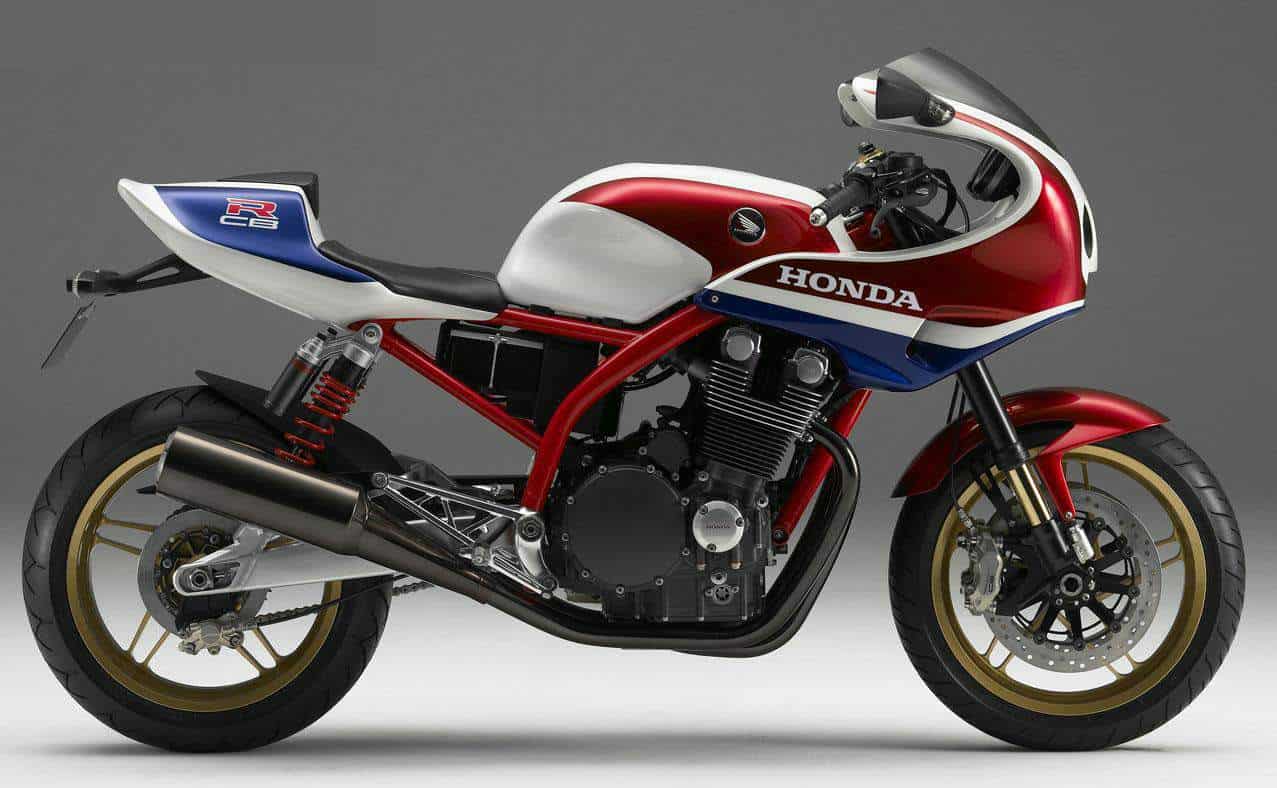My Girlfriend is Hawaiian and Last night with her Mum we were talking about the islands, I didn’t know about the forbidden island of Niihau. Niʻihau or Niihau is the westernmost and seventh largest inhabited island in Hawaiʻi. It is 17.5 miles southwest of Kauaʻi across the Kaulakahi Channel. It’s area is 69.5 square miles. […]
Monthly Archives: October 2016
Concept motorcycles tend to have strange lives. Some, like the Suzuki GSX1100S, a.k.a the Katana, generate such interest from the public that a production model appears the very next year. Others, like the Honda CB1100R concept, take a little longer. Publicly shown in October 2007 together with the un-faired CB1100F, the single-seat racing-bodied CB1100R disappeared […]
This unique showcase is where vehicles of the air and vehicles of the road meet in a nostalgic and inspiring display. You will discover hundreds of classic cars, motorcycles, and military & civilian aircraft (including helicopters). The event offers live entertainment, a food court, and kids corner to all! So make it an exciting day, […]
The battle of Britain was between Nazi Germany and Britain, and it lasted for three and a half months from July 10th, 1940 to October 31st, 1940. The Germans called it the “Die Luftschalact um England”, meaning “Air battle for England.” The Royal Air Force (RAF) defended the UK against the German Air Force (Luftwaffe). The primary objective […]




